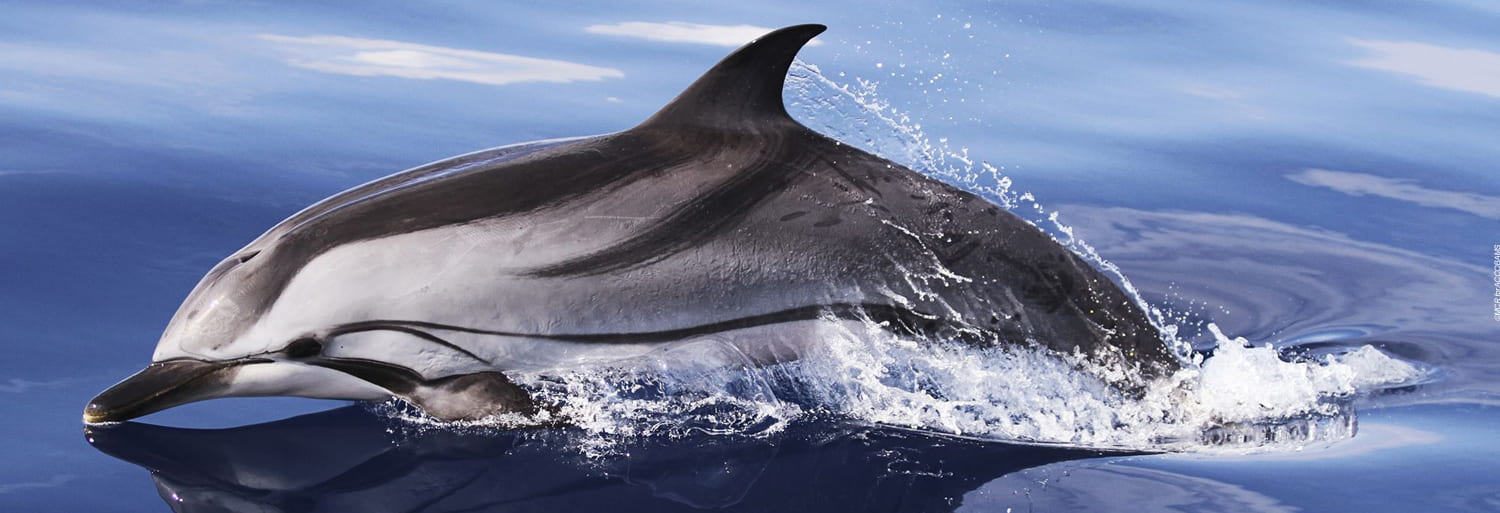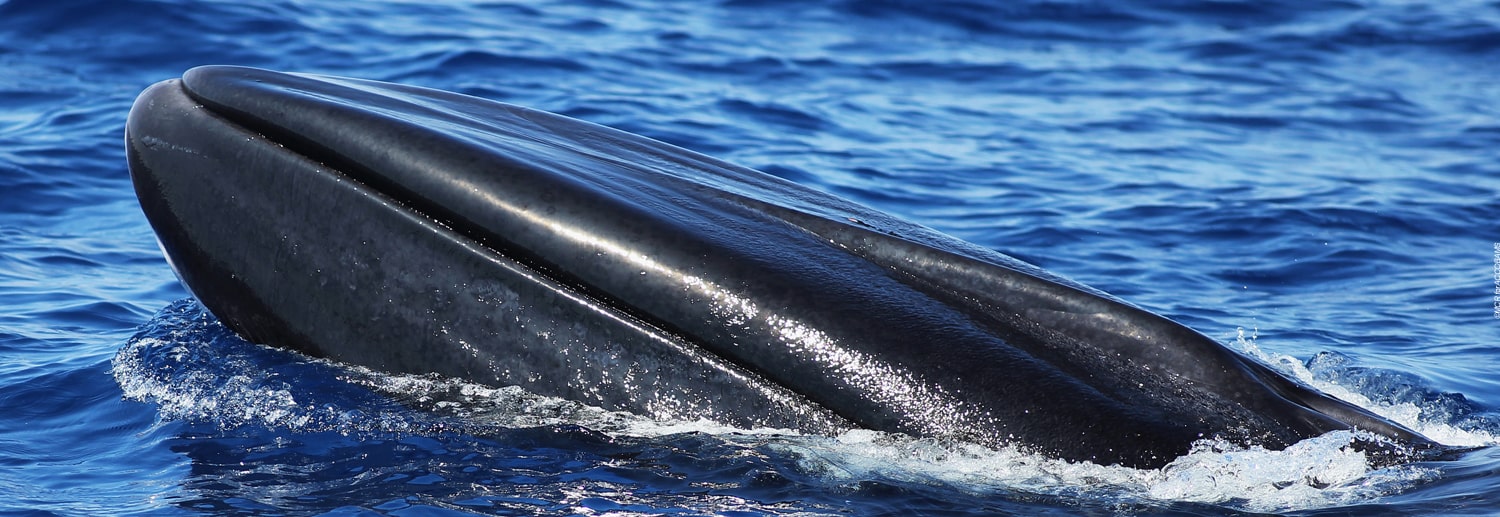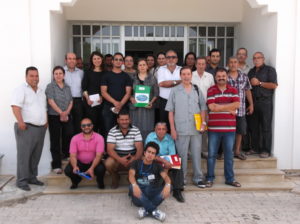ACCOBAMS Call for Proposals
In accordance with the provisions of Article IX paragraph 3 of the Agreement, Parties to ACCOBAMS established in 2004 the Supplementary Conservation Fund (SCF) from voluntary contributions or from any other source in order to increase the funds available for monitoring, research, training and projects relating to the conservation of cetaceans.
The goals and objectives of the SCF are as follow: – To catalyze the development and implementation of concerted or cooperative actions that should clearly contribute to the implementation of the Agreement and the priorities adopted by the Parties; – To support applied conservation projects; – To provide seed money to initiate long-term projects that have a multiplying impact well beyond the funding period; – To stimulate dialogue and cooperation at the local and regional level in order to improve the conservation status of the cetaceans in the ACCOBAMS area; – To assist in development of capacities to conserve cetaceans and their habitats; – To raise awareness of the conservation and management needs of cetaceans and their habitats; – To make relatively small funds available to communities and other conservation stakeholders with limited access to alternative funding sources. |
Submission and selection of projects to be funded under the SCF are done through calls for proposals launched by the ACCOBAMS Permanent Secretariat, in consultation with the Bureau of the Parties.
The cycle for submission of project proposals depends on the funding availability.
Submission and eligibility criteria are detailed in the Procedure for the ACCOBAMS Calls for proposals adopted in 2022 by the Parties (Resolution 8.5).
Only projects submitted from low and middle income countries as classified by the World Bank, that are Parties to ACCOBAMS, except countries more than three years in arrears with their contributions, will be eligible for funding.
| 2018 Call for Proposals The 3 projects selected under this call addressed the issues related to the support of the assessment and mitigation of interactions with fisheries in the areas not already covered under the MAVA funded projects on interactions with fisheries and the support to the establishment/reinforcement of stranding networks and tissue banks and to the monitoring of marine litter during necropsies, in particular through dedicated collaborations. | |
| 1. Establishment of a new operational network for monitoring cetacean strandings on the Algerian coastline Country: Algeria Beneficiary: Centre National de Recherche et de Développement de la Pêche et l’Aquaculture (CNRDPA) Aims of the Project: Centralising information and pooling efforts along the Algerian coast; Standardized data banking; Improvement of knowledge about cetaceans and the causes of their strandings by carrying out necropsies that can help identify the causes of stranding through macroscopic analysis (diseases, collisions, ingestion of waste) or the collection of samples that can be studied later; and Collecting tissue samples and storing them correctly for pathological anatomy, histology and molecular biology studies. | |
 | 2. Monitoring and mitigation of cetacean bycatch in Bulgarian waters Country: Bulgaria Beneficiary: Green Balkans NGO Aim of the Project: to continue use of pingers as mitigation measures for lowering levels of cetacean bycatch in turbot fishery that is considered most important threat to Black Sea Harbour Porpoise (Endangered subspecies in IUCN Red List). The on-board monitoring during setting and hauling of nets will assure appropriate pingers’ use and on the other hand will provide opportunity for samples collection from bycaught animals that will be examined for parasites and marine debris. Final Report |
| 3. Establishing the bank of cetacean tissue samples in Ukraine Country: Ukraine Beneficiary: I.I. Schmalhausen Institute of Zoology, National Academy of Sciences of Ukraine (IZAN) Aims of the Project: Establishing the national tissue bank of cetacean samples, the first Ukrainian facility of this type for wild animals and; Starting collection and archiving of cetacean tissue samples obtained from strandings, bycatch, biopsy, environment sampling and captivity. | |
| 2016 Call for Proposals The 3 projects selected under this call addressed the issues related to cetaceans distribution and abundance. | |
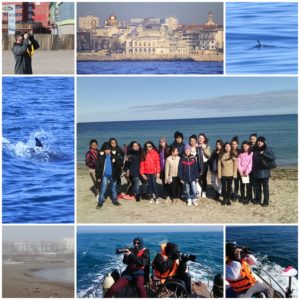 | 1. Increase the regional capacity for developing cetacean distribution and abundance studies Country: Romania Beneficiary: Mare Nostrum NGO One of the main activities of this project has been the organization of a regional training workshop on marine mammal distribution and abundance monitoring methods. Two surveys, following the distance line transect methodology, have been also implemented in the 12 nm of the Southern coast of Romania. Final Report |
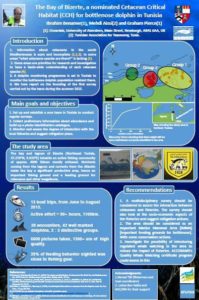 | 2. Tunisian Dolphin Project: population size and habitat use for bottlenose and common dolphins Country: Tunisia Beneficiary: Association Nationale du Développement Durable et de la Conservation de la Vie Sauvage (ANDDCVS) This project supported a monitoring program implemented in the Bay of Bizerte since 2010 aimed at assessing the status of local population of bottlenose dolphins. The project supported the extension of the survey area to cover the entire northern Tunisian coast. Final report |
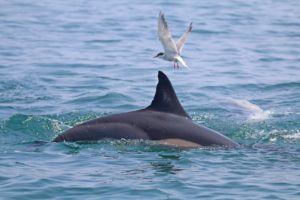 | 3. Identification and initial assessment of cetacean groupings in coastal waters of the north-western Black Sea, Ukrainian sector Country: Ukraine Beneficiary: Ukrainian Scientific Center of Ecology of the Sea (UkrSCES) This project was aimed at supporting photoidentification activities, linear transect surveys, observations at sea from platform of opportunity, observations from coastal platforms and monitoring of strandings in three coastal areas of Ukraine: the Dzharylgach Island, the Danube delta and the Hrigoryevsky Bay. Final report |
| 2012 Call for Proposals The 5 projects selected under this call were aimed at supporting capacity building activities. | |
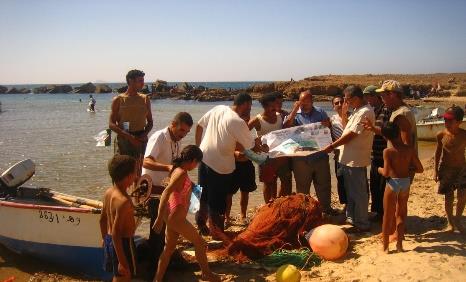 | 1. Réalisation d’études approfondies visant à identifier avec précision les communautés de Grands dauphins endémiques à certains secteurs insulaires du littoral occidental algérien (Ile Rachgoun‐Iles Habibas‐Ile Plane), par observation directe et utilisation de la technique de photo‐identification, dans le but de leur conservation Country: Algeria Beneficiary: Laboratoire « Réseau de Surveillance Environnementale » de l’Université d’Oran This project aimed to train young Algerian researchers in cetacean study techniques at sea (visual technics and photo-identification technic) and to study bottlenose dolphins’ populations around Algerian islands. Summary / Progress report |
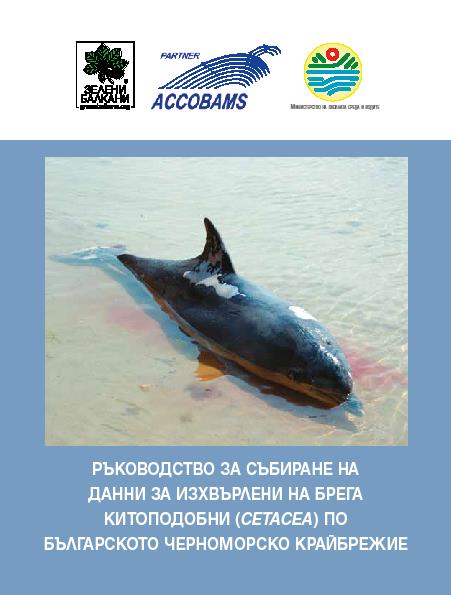 | 2. Building capacities of Bulgarian Black Sea municipalities on Cetaceans strandings Country: Bulgaria Beneficiary: Green Balkans NGO This project aimed to build capacities of the Bulgarian Black Sea municipalities for reaction in case of Cetacean strandings on their shores. Summary / Final report |
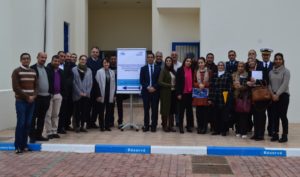 | 3. Renforcement du réseau de suivi des échouages des cétacés des côtes marocaines et formalisation des procédures de gestion des échouages, particulièrement ceux des grandes espèces Country: Morocco Beneficiary: Institut National de Recherche Halieutique (INRH) This project was aimed at supporting the organization of the Moroccan stranding network, through coordination of the different INRH regional centers and concertation with national and local authorities. The project also contributed to initiate a tissue bank. Summary / Final report |
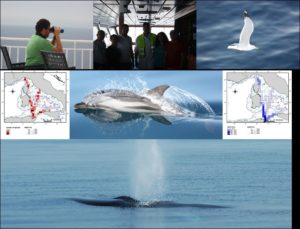 | 4. Cetacean coordinated transborder monitoring using ferries as platform of observation off Tunisia Country: Tunisia Beneficiary: Association Tunisienne de Taxonomie (ATUTAX) This project aimed to increase knowledge about cetaceans within the region comprise among Tunisia-Sicily-Sardinia using ferries as platform of observations. Summary / Final report |
| 5. Renforcement du réseau d’échouage des cétacés en Tunisie Country: Tunisia Beneficiary: Institut National des Sciences et Technologie de la Mer (INSTM) This project aimed to formalize the national cetacean stranding network in Tunisia, to strengthen collaboration between the different stakeholders and to raise awareness of local authorities and civil society about the importance of investigating cetacean strandings for collecting data. The establishment of a national cetacean tissue bank was also considered through the project. Summary / Final report |
| 2011 Call for Proposals The 2 projects selected under this call should address priorities of the ACCOBAMS Programme of Work 2010-2013. | |
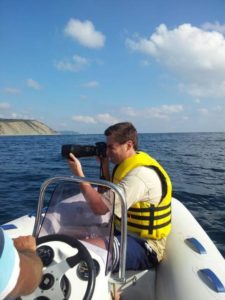 | 1. Pilot Cetaceans Photo-ID activities along Southern Bulgarian Black Sea coast Country: Bulgaria Beneficiary: Green Balkans NGO This project aimed to start pilot Photo-ID activities along Southern part of the Bulgarian Black Sea coast, train new experts in Bulgaria on Photo-ID and develop first catalogue. Final report |
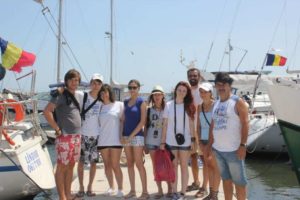 | 2. Photo-identification of dolphins from the Romanian Black Sea coastal waters Country: Romania Beneficiary: Mare Nostrum This project aimed to increase involvement of young researchers interested in dolphins photo-identification method and to increase the quality and quantity of cetaceans data in the Romanian Black Sea waters. Final report |

